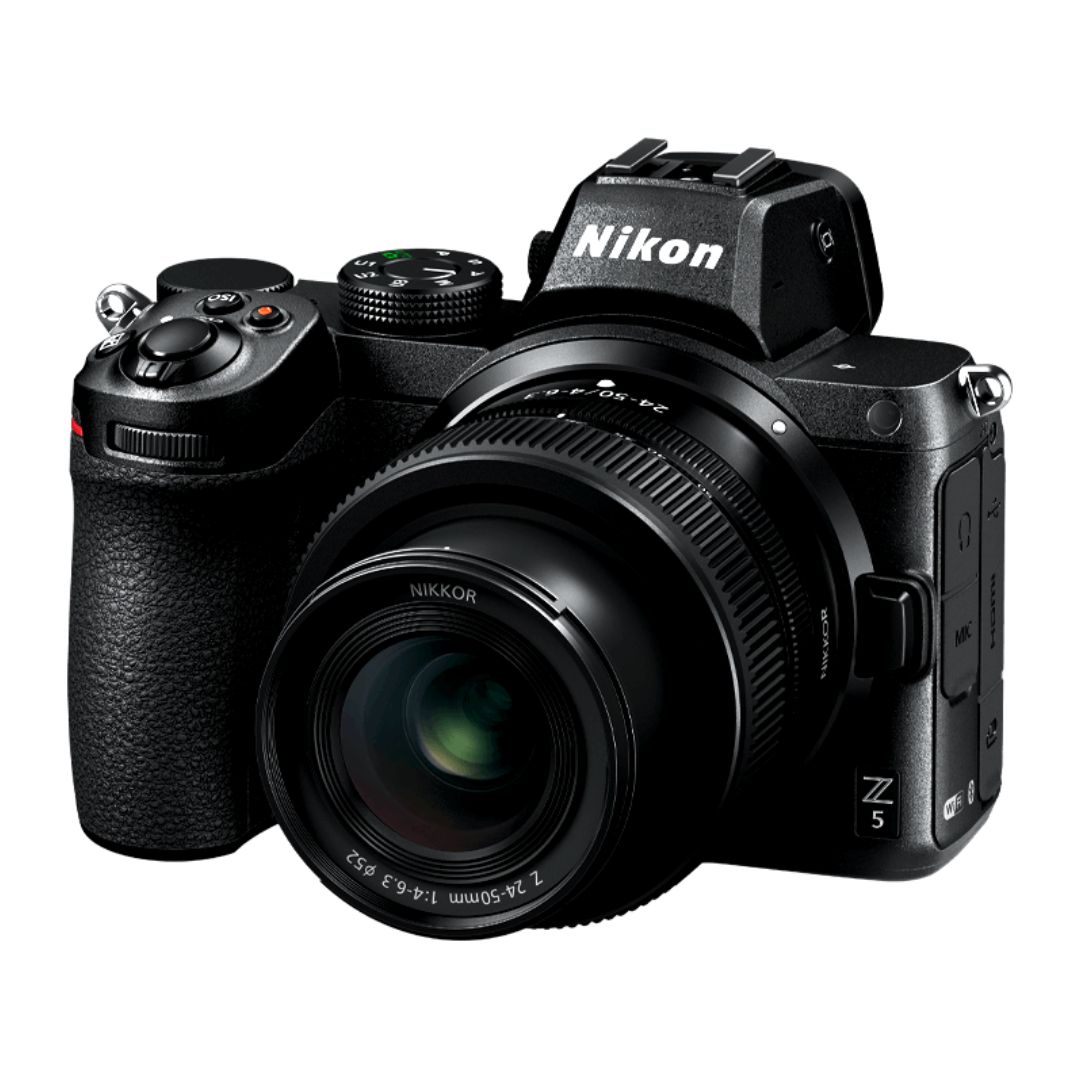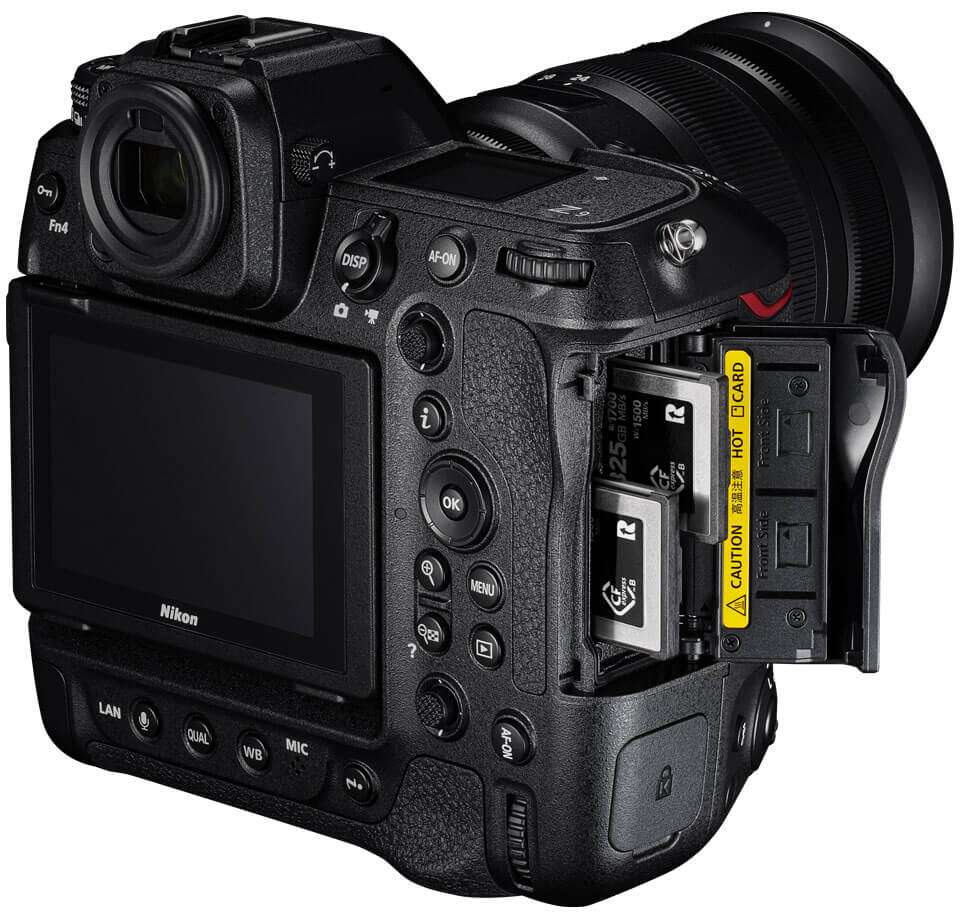Fashion photography plays a crucial role in the modeling industry, shaping trends, building portfolios, and defining brand identities. From high-end editorial shoots to commercial campaigns, fashion photography is essential for models to establish their careers. In this guide, we will explore the significance of fashion photography, the key elements of a successful photoshoot, and how aspiring models can leverage photography to advance their careers.
The Evolution of Fashion Photography
Fashion photography has evolved significantly over the decades, adapting to technological advancements and cultural shifts. Some of the key milestones include:
- Early 20th Century: The emergence of fashion photography in magazines such as Vogue and Harper’s Bazaar.
- 1950s-1970s: The rise of iconic photographers like Richard Avedon and Helmut Newton, bringing high-fashion imagery to the forefront.
- 1990s-Present: Digital transformation, social media influence, and the democratization of fashion photography.
The Purpose of Fashion Photography in the Modeling Industry
Fashion photography serves multiple purposes, including:
- Showcasing Designer Collections: Fashion photographers bring clothing and accessories to life, emphasizing texture, color, and movement.
- Building a Model’s Portfolio: A strong portfolio is essential for attracting agencies and clients.
- Branding and Storytelling: Through lighting, composition, and styling, fashion photography conveys brand narratives and emotions.
- Marketing and Advertising: High-quality images are used in magazines, billboards, and digital campaigns to promote fashion brands.
Key Elements of Successful Fashion Photography
1. Lighting Techniques
- Natural Light: Best for outdoor and soft editorial shoots.
- Studio Lighting: Allows complete control over shadows and highlights.
- Dramatic Lighting: Creates high-contrast, artistic imagery for bold campaigns.
2. Composition and Posing
- Rule of Thirds: Enhances visual appeal by balancing elements within the frame.
- Dynamic Angles: Low and high angles can add drama and emphasize features.
- Expressive Posing: Models must use body language to convey the intended mood and narrative.
3. Fashion Styling and Wardrobe Selection
- Color Coordination: Outfits should complement the background and overall aesthetic.
- Texture and Layering: Adds depth to the images.
- Accessories and Props: Enhance storytelling without overwhelming the model.
The Relationship Between Models and Photographers
Collaboration between models and photographers is vital for achieving the best results. Key aspects include:
- Effective Communication: Understanding the creative direction before the shoot.
- Confidence and Comfort: Building rapport to ensure natural expressions.
- Experimentation: Trying different poses, expressions, and movements for diverse outcomes.
How Social Media and Digital Platforms Influence Fashion Photography
1. Instagram and TikTok as Industry Game Changers
- Models can showcase their portfolios without needing a traditional agency.
- Brands scout talent directly through social media platforms.
2. The Rise of Influencer Collaborations
- Fashion brands partner with influencers for organic marketing campaigns.
- Behind-the-scenes content engages audiences and humanizes the brand.
3. Editing and Post-Production Trends
- Minimalist vs. high-retouching aesthetics.
- AI-powered enhancements and digital art integrations.
Tips for Aspiring Models to Leverage Fashion Photography
- Work with Reputable Photographers: Build a strong portfolio with high-quality images.
- Experiment with Different Styles: Versatility makes a model more marketable.
- Stay Updated on Industry Trends: Keep up with evolving photography styles and techniques.
- Use Social Media Strategically: Post regularly, engage with brands, and create a professional online presence.
Conclusion
Fashion photography is more than just taking pictures—it’s an art form that defines the modeling industry. It plays a fundamental role in shaping careers, setting trends, and influencing fashion narratives. Aspiring models must understand its importance and work closely with skilled photographers to create compelling images that stand out in a competitive market.

Sony Alpha a7 IV: The Ultimate Camera for Photography

Nikon Z5 Review: Is It Worth It?
-

Nikon Z9 : Game-Changer for Photography
-

Top Features of Nikon D850 That Make It Ideal for Portfolio Shoots
Sony Alpha a7 IV: The Ultimate Camera for Photography
Explore the Sony Alpha a7 IV in this complete 2025 review. Learn how its pro-level features, real-world performance, and hybrid flexibility make it the ultimate camera for photography across genres like portraits, weddings, travel, and commercial work. Table of Contents Section 1: Introduction – Why the Sony Alpha a7 IV Stands Out The Sony Alpha…
Nikon Z5 Review: Is It Worth It?
In 2025, photographers—whether hobbyists, content creators, or professionals—seek equipment that blends value, performance, and future-readiness. Enter the Nikon Z5, a full-frame mirrorless camera marketed as a gateway to high-end imaging without a flagship price tag. But how well does it hold up under real-world demands like studio shoots, weddings, landscape adventures, and lifestyle photography? In…
Nikon Z9 : Game-Changer for Photography
Discover why the Nikon Z9 is considered a true game-changer for photography. This in-depth Nikon Z9 review explores key features, real-world performance, and how it excels in professional photo shoots in 2025. Table of Contents 1. Introduction The photography world witnessed a significant shift with the launch of the Nikon Z9, a flagship mirrorless camera…
Top Features of Nikon D850 That Make It Ideal for Portfolio Shoots
Discover why the Nikon D850 is the ultimate DSLR for portfolio shoots. Explore its top features—from resolution and dynamic range to autofocus precision and workflow speed—that help photographers create stunning, high-impact images for professional portfolios. Whether you’re a portrait artist, fashion photographer, or visual storyteller, a portfolio shoot demands technical excellence, creative flexibility, and uncompromised…
Candid Moments with Canon EOS R10: Lightweight & Reliable
In the evolving world of mirrorless photography, the Canon EOS R10 stands out as a lightweight yet powerful camera tailored for real-life storytelling. Whether you’re photographing street scenes, family gatherings, weddings, or spontaneous portraits, capturing genuine emotion requires a responsive and discreet tool. This article dives deep into how the Canon EOS R10 excels in…
Bold Portraits with Canon EOS R5: Is It the Best for Work?
Studio photography has always demanded precision, artistry, and impeccable gear. As the expectations for commercial portraits, fashion campaigns, and editorial work continue to rise, the tools we use must evolve. Enter the Canon EOS R5, a camera that has stirred the professional waters with its impressive technical specs and forward-thinking design. In this comprehensive Canon…


